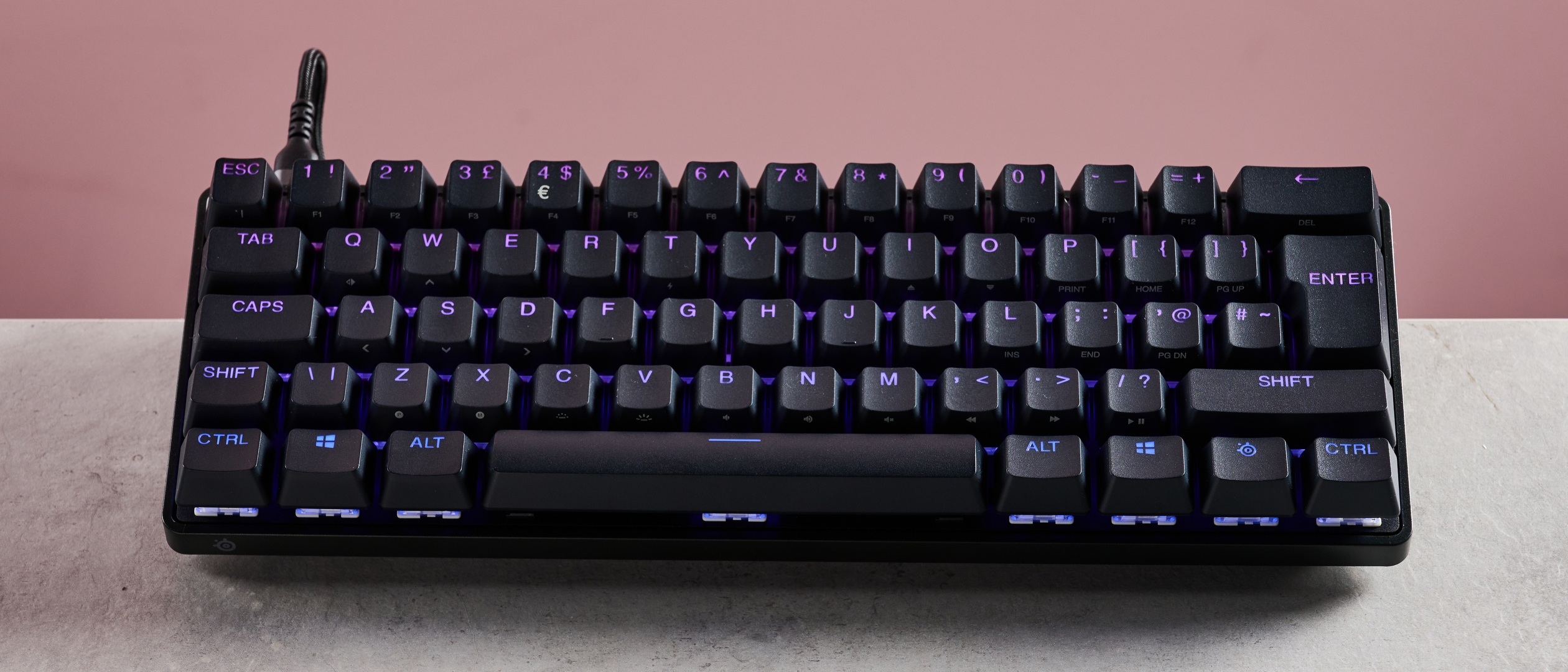TechRadar Verdict
The SteelSeries Apex Pro Mini Gen 3 is a seriously capable analog gaming keyboard, offering all the performance you could wish for. It's accurate, responsive, and comfortable whether you’re gaming or typing, while the build quality and customizations on offer are excellent. However, it commands a very high price for a 60%, wired-only keyboard, and there are some cheaper alternatives that compete strongly with it. But for the ultimate analog experience, the Apex Pro Mini Gen 3 is hard to beat.
Pros
- +
Excellent build and ergonomics
- +
Fantastic performance
- +
Solid customization software
Cons
- -
Very expensive
- -
Wired only
- -
Could still do with wrist support
Why you can trust TechRadar
SteelSeries Apex Pro Mini Gen 3: one-minute review
The SteelSeries Apex Pro Mini Gen 3 is a compact analog keyboard that promises incredibly responsive performance courtesy of its analog switches. Its looks don’t exactly reflect its gaming prowess, but it’s smart and sleek enough to adorn any setup. The black colorway is a little austere, but this is alleviated somewhat by the vibrant RGB backlighting.
Once you get your hands on it, though, you start to realize this is a premium slice of engineering. It’s reasonably light considering how solid it feels, and the double-shot PBT keycaps have a more textured finish than usual, which feels great under the fingertips. Even the included detachable USB cable is made to a high standard.
As you would expect from any of the best gaming keyboards, numerous customization options are available via the SteelSeries GG software – or more specifically, the Engine section within this app. It hurts usability somewhat that Engine opens in a separate window to GG, but this is a minor gripe.
Alongside the typical RGB tweaks and macro creation features, there are a healthy selection of rebinding options, with plenty of media and system shortcuts available, with various adjustable parameters for binding behavior.
Naturally there are various alterations for actuation, with points settable between 0.1mm and 4mm, which is a generous range of travel. You can also toggle rapid trigger and protection modes, while various SOCD settings (called rapid tap here) and dual binding features are available in addition.
This makes Engine a versatile tool and one that’s easy to use, thanks to its clear layout and useful explanations. The visualizer for key actuation, though, doesn’t respond in real time, which is a drawback.
The Apex Pro Mini Gen 3 excels when it comes to performance. Presses are very tactile and rebound fast, imbuing it with a pleasingly snappy feel, which is great for both gaming and typing.
Sign up for breaking news, reviews, opinion, top tech deals, and more.
Hitting certain actuation points is easy too, thanks to the satisfying resistance to the keys which impart just enough feedback without disrupting its light touch.
It’s also comfortable to use, thanks to the indentations of the keycaps, which make it a very tactile board to use while still allowing for easy gliding. The bottom row is very accessible too, especially the space bar, with its low profile making for consistent hits with the tip of your thumb, rather than the edge.
What’s more, the tilt angle, especially when used with the very stable two-stage feet, gave me a comfortable position for typing as well as gaming – although for very long sessions, I would still benefit from using a wrist rest.
The Apex Pro Mini Gen 3 is certainly an expensive keyboard, especially when you consider its small 60% layout and lack of wireless connectivity. However, there’s no denying this is premium hardware, and it performs as well as you could hope an analog board would.
There are a few much cheaper alternatives out there that come quite close to rivaling its performance, but the Apex Pro Mini Gen 3 is hard to beat if you want the absolute best analog performance.
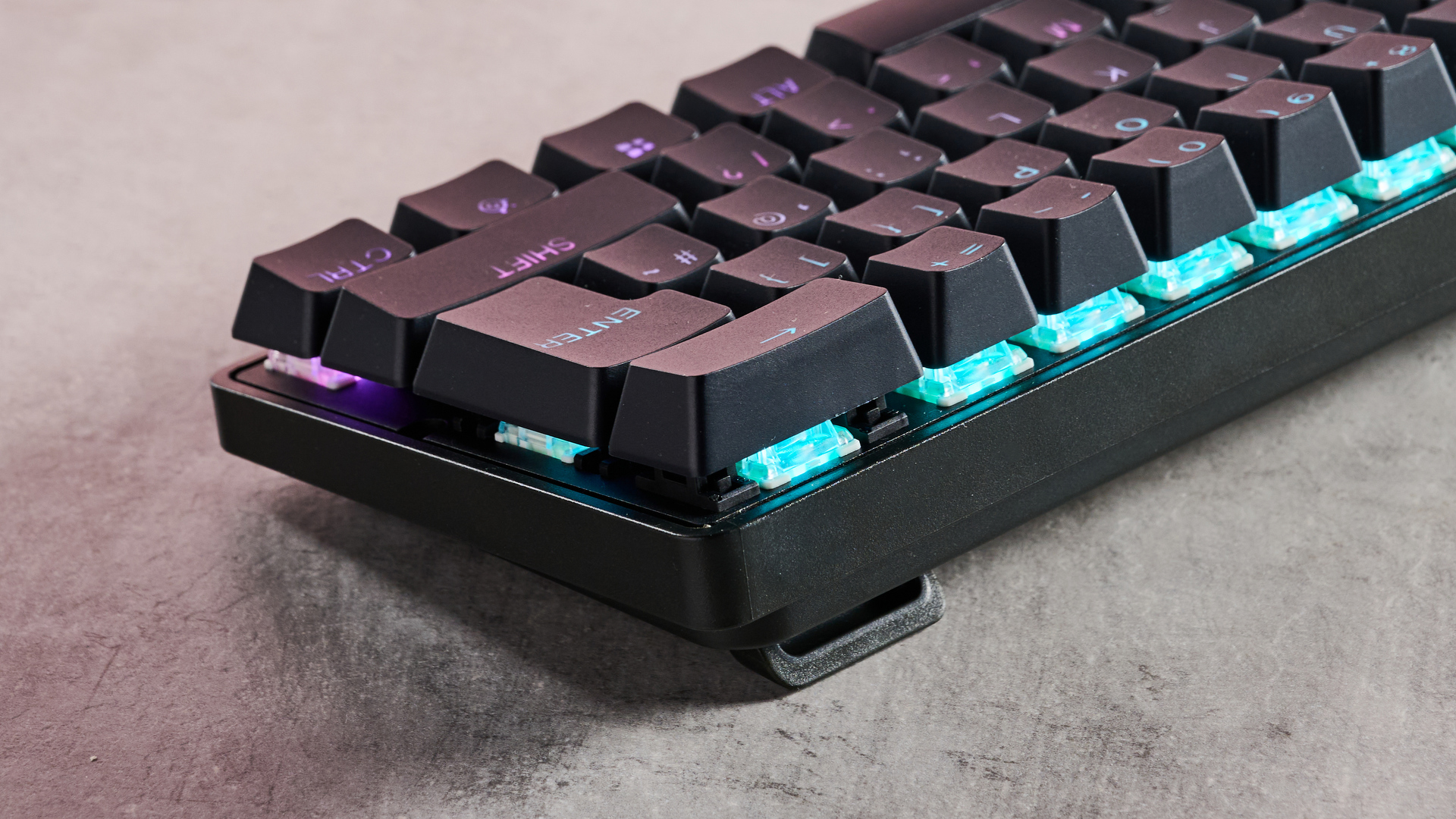
SteelSeries Apex Pro Mini Gen 3 review: price and availability
- $179.99 / £174.99 (about AU$282)
- Available now in black only
- Very expensive
The Apex Pro Mini Gen 3 costs $179.99 / £174.99 (about AU$282) and is available now in black only. It comes with a detachable USB-A-to-C cable and a keycap puller. It’s one of the more expensive analog keyboards around – especially when you consider its compact 60% layout and wired-only connectivity.
If you’re looking for a much cheaper alternative, the MonsGeek FUN60 Ultra is admirably close to the Apex Pro Mini Gen 3 in terms of performance, yet also features multiple wireless connectivity modes. What’s more, it uses TMR rather than the Hall effect sensors of the Apex Pro Mini Gen 3, which are considered more accurate, although in truth I couldn’t discern a difference. MonsGeek’s software provides a few more features than Engine, but it suffers from a few usability issues.
Another viable option for budget hunters is the Gamakay TK75HE V2. This is similarly cheap for an analog keyboard, but again comes close to rivaling the performance of more expensive models, including the Apex Pro Mini Gen 3. What’s more, it has a larger 75% layout, which might be more useful for those looking for some productivity prowess as well. However, like the FUN60 Ultra, its software isn’t the best from a usability perspective.
Value: 3 / 5
SteelSeries Apex Pro Mini Gen 3 review: specs
Layout | 60% |
Switch | Analog (Hall-effect magnetic) |
Programmable keys | Yes |
Dimensions | 11.5 x 4 x 1.6 inches / 293 x 103 x 40mm |
RGB or backlighting | Yes (customizable) |
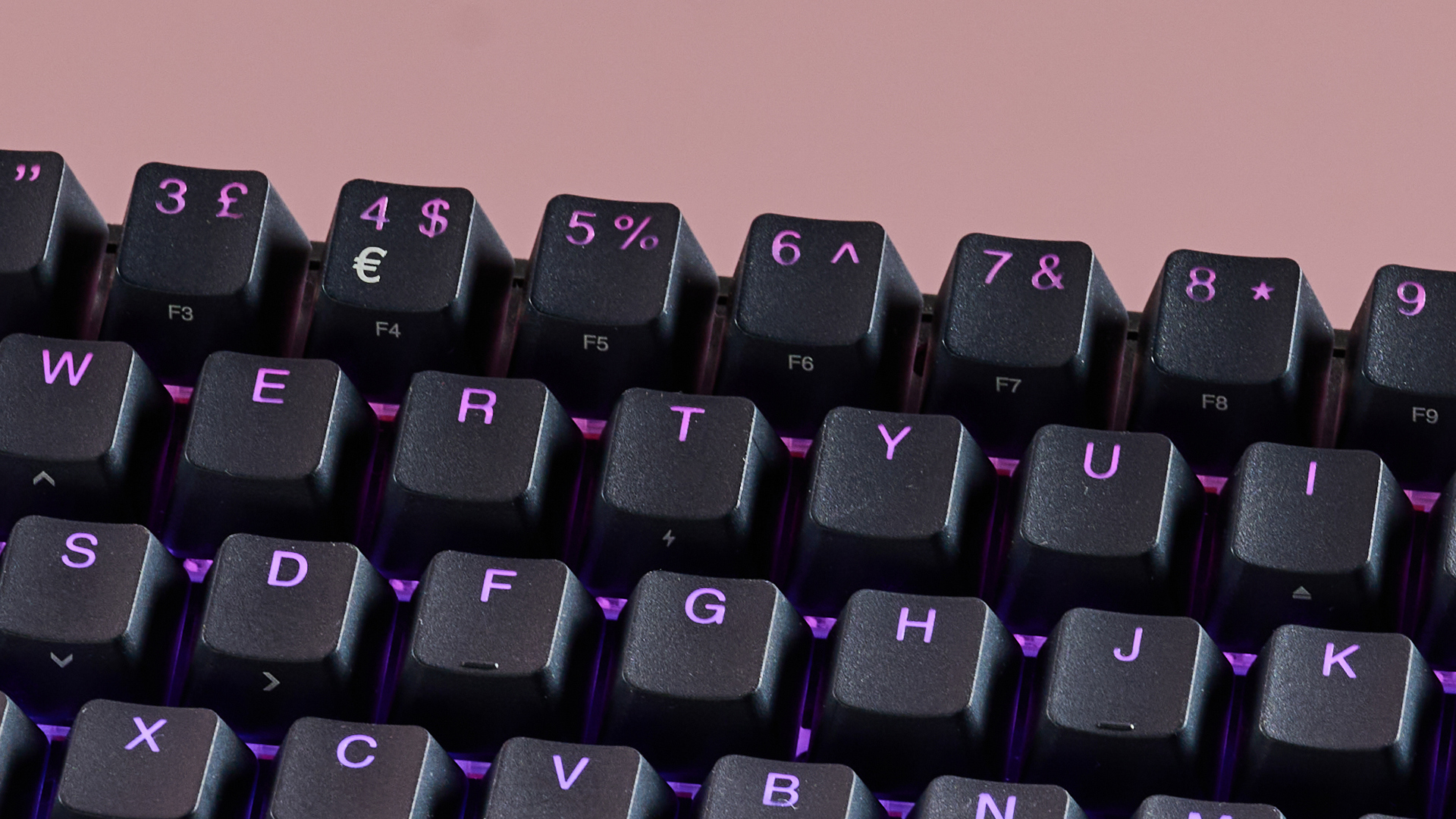
SteelSeries Apex Pro Mini Gen 3 review: design and features
- Muted looks
- Solid but light construction
- Useful customization software
The Apex Pro Mini Gen 3 doesn’t push the boat out aesthetically. It adopts a rather functional design that’s inoffensive but still sleek enough to work in any environment. The RGB backlighting also helps to offset the somewhat gloomy black finish.
It’s very well made, and the build quality is certainly level with the best keyboards around. It’s quite light for a board that feels this solid and durable, and the double-shot PBT keycaps are an especial highlight, with more texture than others, but feel great under the fingertips. What’s more, their indentations were a perfect fit for my fingers, which improved their tactility and security when hammering away.
The tilt of the layout ensures a comfortable typing position, which is further aided by the two stage feet, which are incredibly stable and offer meaningful differences in angle. This made the Apex Pro Mini Gen 3 comfortable for me despite its lack of wrist support; although for longer sessions, I would still prefer to use a rest with the Apex Pro Mini Gen 3.
The Apex Pro Mini Gen 3 doesn't have an Fn key; instead, you get SteelSeries’ Meta key, which functions in much the same way. There are numerous useful shortcuts available, including those for adjusting actuation points, rapid trigger and other analog functions.
What’s more, these shortcuts are labelled on the keys themselves, which is very helpful, especially on a compact board such as this, lacking as it does arrow keys, a dedicated F row, and the like.
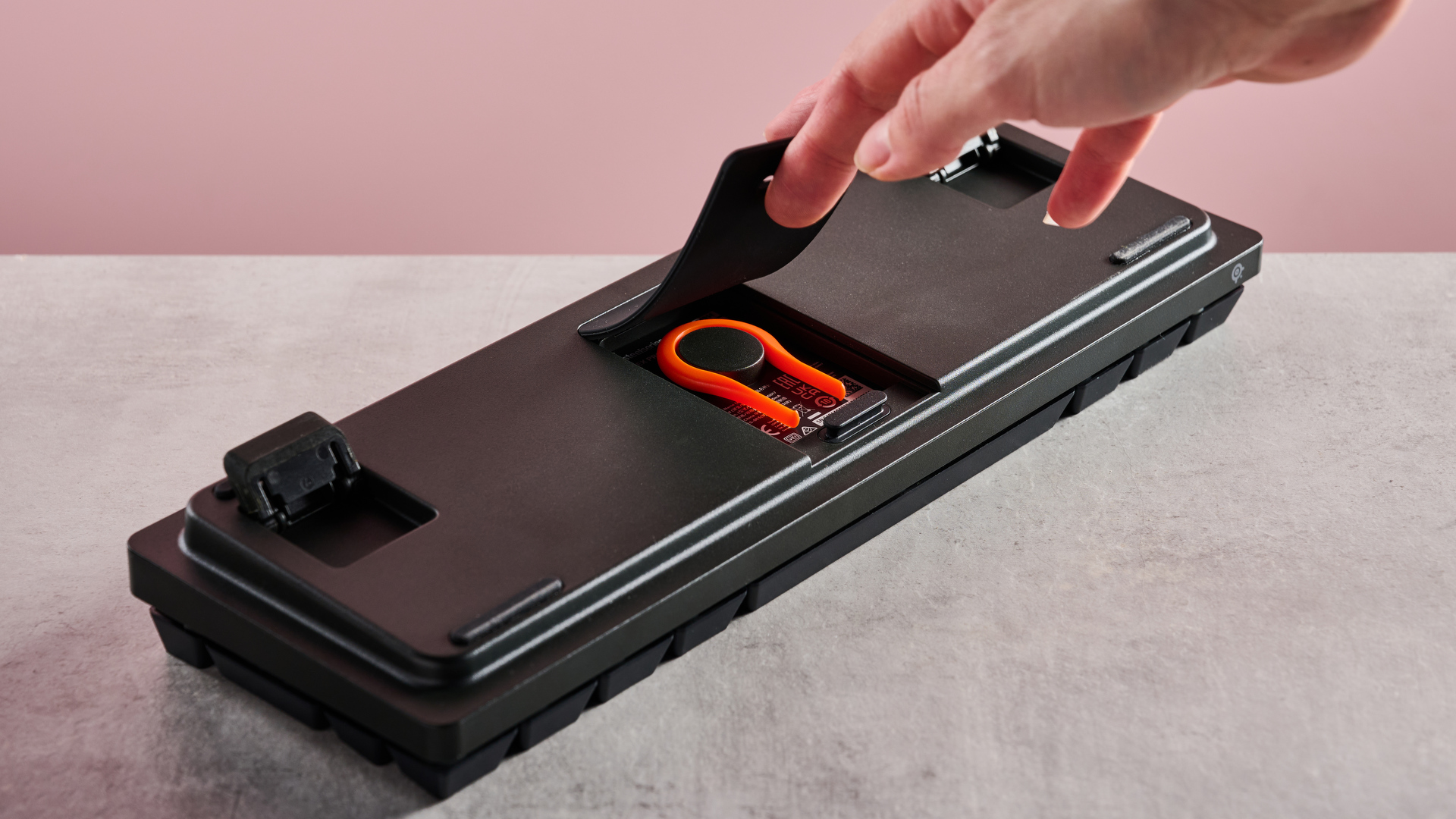
The Apex Pro Mini Gen 3 can be further customized using SteelSeries GG – or more specifically, the Engine app within GG. It’s a little inconvenient that the latter opens in a separate window to the former, but this is a small complaint.
You’ll find the usual customizations on offer in Engine, with a generous selection of rebinding options available, including plenty of media and system shortcuts. Five configuration slots are available, and there are even preset configurations for certain games, including one for Counter-Strike 2 created by esports brand FaZe Clan.
Being an analog board, there are plenty of actuation adjustments as well. The actuation point can be set between 0.1 and 4mm, and there’s a rapid trigger toggle with its own accompanying slider to adjust sensitivity within the same range.
A protection mode is also available, which reduces the sensitivity of adjacent keys to prevent mispresses. An SOCD feature called rapid tap is present as well, with different key priority behaviors to choose from when two are pressed simultaneously: you can choose which key always has priority, let whichever is pressed last take precedence, or make neither register. There’s also a dual binding mode, although it’s a little annoying that there’s a separate window for setting up dual actuation first, since both rely on each other.
Overall, however, Engine is laid out clearly and features useful explanations for its various features and settings. However, the visualizer for key actuation is severely lacking, as it doesn’t illustrate presses in real time, which I would’ve appreciated so I could see exactly how my tweaks manifest themselves in practice.
Design & features: 5 / 5
SteelSeries Apex Pro Mini Gen 3 review: performance
- Excellent springy keys
- Responsive and precise analog switches
- Great for gaming and typing
The Apex Pro Mini Gen 3 is an excellent performer on pretty much every front. The keys are very light and springy, yet still offer enough dampening and weight lower down in their travel, which helps to provide feedback.
Actuation points are also easy to hit thanks to the tactile switches and relatively long key travel. The space bar is also a highlight thanks to its very satisfying response, and its low profile makes it very easy to hit flush with your thumb tip rather than the edge. In fact, the whole of the bottom row is easy to use, thanks to the slightly concave layout and keycap indentations.
When typing, these indentations are especially useful, offering plenty of security while still allowing for easy gliding around the board. Also, the amount of Meta shortcuts available to access functions reserved for larger layouts makes the Apex Pro Mini Gen 3 more viable for mild productivity purposes.
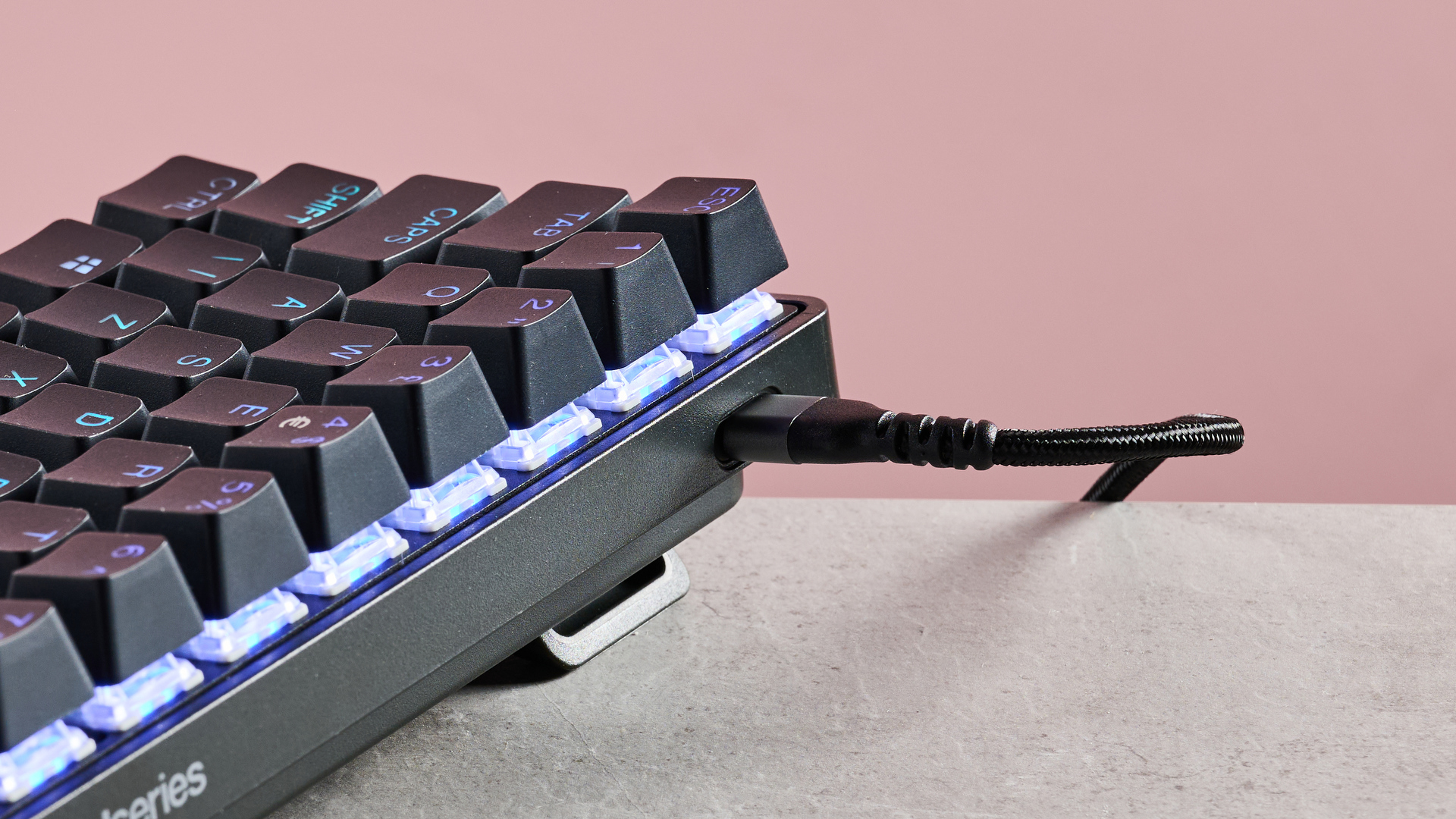
Performance: 5 / 5
Should I buy the SteelSeries Apex Pro Mini Gen 3?
Attributes | Notes | Rating |
|---|---|---|
Value | With a 60% layout and wired-only connectivity, the Apex Pro Mini Gen 3 demands a lot, and there are much cheaper rivals around. | 3 / 5 |
Design and features | The Apex Pro Mini Gen 3 is built to an incredibly high standard, and the software for customizing its analog keys is mostly great. | 5 / 5 |
Performance | The analog switches are springy and satisfying, making them great for gaming and typing. It’s hard to find fault here. | 5 / 5 |
Overall | The Apex Pro Mini Gen 3 does most things right, thanks to its excellent analog switches and superb build quality. It might be eye-wateringly expensive, but there aren’t many that can outperform it. | 4.5 / 5 |
Buy it if…
You want incredible build quality
The board itself and the accompanying software are both expertly engineered. It’s also surprisingly light for something so solid.
You want superlative analog performance
The analog switches are very snappy yet ultra precise, and the layout and feel make it great for gaming and typing.
Don’t buy it if…
You want to save money
The Apex Pro Mini Gen 3 is very expensive no matter how you slice it – especially when you consider its small layout and wired-only connectivity.
You want wireless connectivity
The Apex Pro Mini Gen 3 is wired-only, so those who want to go wireless or switch between multiple devices on the fly might want to look elsewhere.
SteelSeries Apex Pro Mini Gen 3 review: also consider
| Header Cell - Column 0 | SteelSeries Apex Pro Mini Gen 3 | MonsGeek FUN60 Ultra | Gamakay TK75HE V2 |
|---|---|---|---|
Layout | 60% | 60% | 60% |
Switch | Analog (Hall-effect magnetic) | Analog (TMR magnetic) | Analog (Hall-effect magnetic) |
Programmable keys | Yes | Yes | Yes |
Dimensions | 11.5 x 4 x 1.6 inches / 293 x 103 x 40mm | Not stated | 12.8 x 5.4 x 1.1 inches / 325 x 136 x 28mm |
RGB or backlighting | Yes (customizable) | Yes (customizable) | Yes (customizable) |
MonsGeek FUN60 Ultra
If you want analog switches at a fraction of the cost of the Apex Pro Mini Gen 3, then the FUN60 Ultra is an excellent choice. Its performance isn’t far behind that of the Apex Pro Mini Gen 3, although it’s not quite so satisfying. However, it offers multiple wireless connectivity modes, whereas the Apex Pro Mini Gen 3 is wired-only. Its software is versatile too, with a few more features than the Apex Pro Mini Gen 3 offers, although it’s not as easy to use. The clunky device switching is another drawback, too.
Gamakay TK75HE V2
The TK75HE V2 is very similar to the FUN60 Ultra in many respects, and although it’s perhaps not quite so satisfying to use, it still competes very admirably considering its relatively low price. However, it suffers from the same software issues as the FUN60 Ultra, so it isn’t quite as refined as Engine.
How I tested the SteelSeries Apex Pro Mini Gen 3
- Tested for a few days
- Used for gaming and productivity
- Over a decade of PC gaming experience
I tested the Apex Pro Mini Gen 3 for a few days, during which time I used it for gaming and working, on both Windows 10 and Windows 11 systems.
I played Counter-Strike 2, a great game for testing peripherals, given it requires fast and precise inputs. It’s especially useful when playing with analog keyboards, since the need for controlled micro-movements provides the perfect testing ground for the rapid trigger functionality.
I’ve been PC gaming for over a decade, and during that time I have experienced a great deal of keyboards. I’ve also reviewed a number of them, including other analog and SteelSeries models.
- First reviewed: May 2025
- Read more about how we test

Lewis Maddison is a Reviews Writer for TechRadar. He previously worked as a Staff Writer for our business section, TechRadar Pro, where he gained experience with productivity-enhancing hardware, ranging from keyboards to standing desks. His area of expertise lies in computer peripherals and audio hardware, having spent over a decade exploring the murky depths of both PC building and music production. He also revels in picking up on the finest details and niggles that ultimately make a big difference to the user experience.
You must confirm your public display name before commenting
Please logout and then login again, you will then be prompted to enter your display name.
